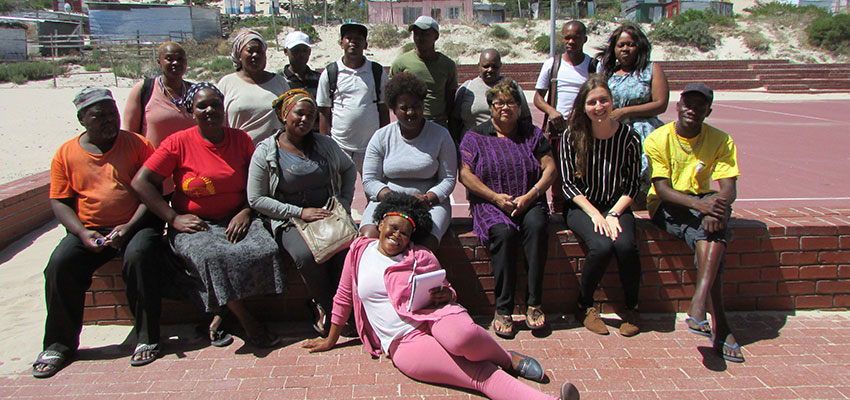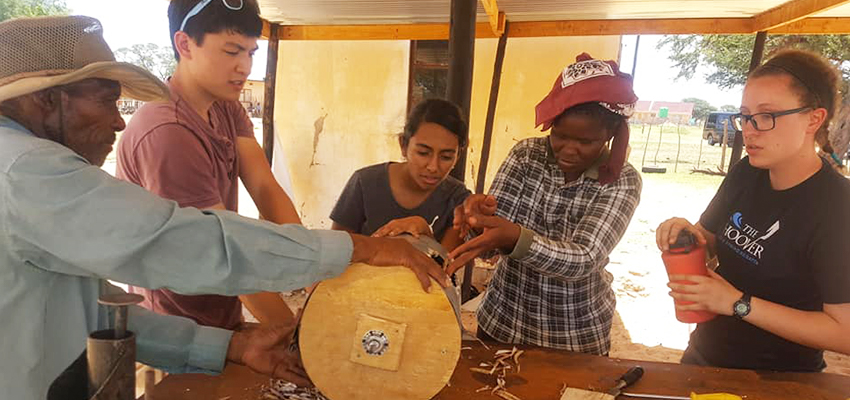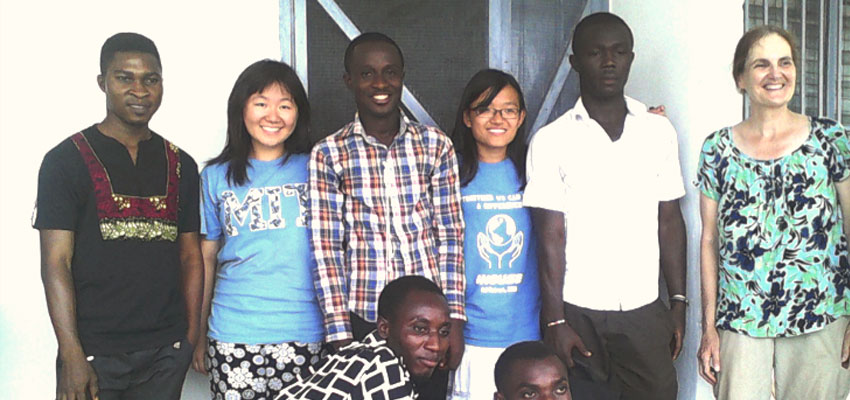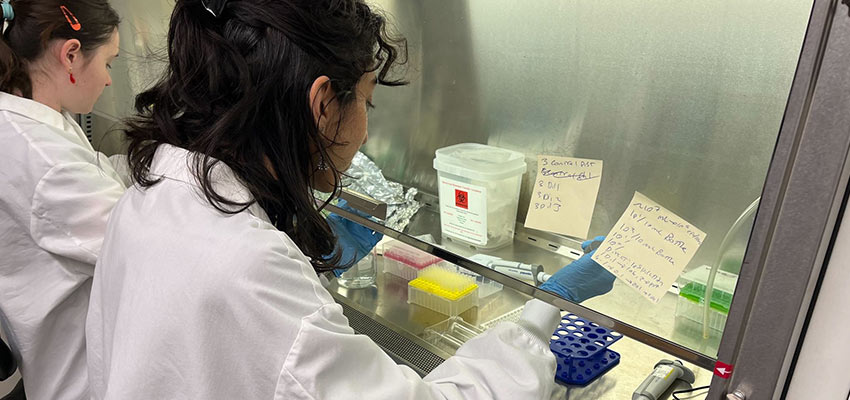
Strengthening the standardization, reliability, and usability of the ECC Vial, a low-cost test for detecting E. coli contamination in drinking water, while enabling community-led water safety practices in Nepal.
MIT D-Lab class
D-Lab: Water, Sanitation, and Hygiene (WASH) 2024
Country
Nepal
Community partner
Environment and Public Health Organization (ENPHO): Sapna, Mitali Chowdhury, Marelli Lab
Team
- Adinda Mirra Rahmani Taufik, Harvard T.H. Chan School of Public Health
- Alexi Stewart, Electrical Engineering & Computer Science, MIT 2026
- Anushka Maqbool, Master in City Planning, MIT
- Mateo Diaz-Quiroz, Harvard T.H. Chan School of Public Health
- Ninoshka D'Silva, Harvard School of Education
- Sonia Seliger, Economics, MIT 2026
Problem framing
In Nepal, access to safe drinking water is compromised by both inadequate infrastructure and limited public awareness. Nearly 40% of the country’s water systems require major repairs, and over 10 million people still lack improved sanitation. In many areas, securing immediate access to sufficient water is often a priority at the expense of water quality, especially in resource-constrained regions. There is also a widespread skepticism about the link between contaminated water and illness, which has led to limited awareness of the importance of regularly testing water sources for safety. Despite the health risks posed by E. coli and other coliform bacteria, water testing is uncommon at the household and commercial levels. This cultural context highlights a critical need for affordable, decentralized tools that empower individuals to detect contamination and take action. The introduction of low-cost testing tools, such as the ECC Vial product to which we have contributed this semester, along with appropriate educational materials, could gradually shift local perspectives on water quality and microbial contamination.
Market and competitive landscape
Existing E. coli testing solutions on the market, including Padma Bio (India), Safe Home DIY kits, and others often fall short in accessibility, cost, or relevance for rural users. Some require long incubation times, others rely on digital apps or internet access, and most are priced for urban or international consumers. In Nepal, decentralized options are scarce, and public demand for home testing is low. The ECC (Engineered Cellulose Composite) Vial fills this gap: it is low-cost, portable, does not require electricity, and uses a simple color change to indicate contamination, making it ideal for rural and resource-limited settings.
Our solution: The ECC Vial
The ECC Vial is a user-friendly, colorimetric test for detecting E. coli and other coliforms in drinking water. Developed in partnership with the Environment and Public Health Organization (ENPHO) in Nepal, it changes color after incubation blue for total coliforms, pink for E. coli, and colorless if no contamination is detected. To address ENPHO’s concerns about accuracy, shelf life, and performance with chlorinated water, our team designed new vials and is conducting lab tests to assess:
- Whether 48-hour incubations (versus 24 hours) produce false positives
- Whether chlorine impacts the test’s accuracy or color clarity
These findings will inform revised usage guidelines and product improvements.
Technical and community-centered implementation
Our approach goes beyond product development, integrating behavioral and public health strategies to ensure impact.
- Educational Tools: Illustrated brochures and video guides support proper use of the ECC Vial, even among low-literacy users.
- WhatsApp Outreach: Voice notes and infographics are distributed via WhatsApp, Nepal’s most widely used platform, enabling accessible health messaging.
- Community Engagement: By partnering with local leaders, health workers, and religious figures, we build trust and promote adoption.
- Behavioral Tactics: Recognition-based incentives and visual cues (e.g., certificates or posters) encourage participation and public accountability.
- Response Plan: Clear, actionable steps are provided for when contamination is detected, including boiling, chlorination, and safe storage.
Scalability and vision
By combining technical validation with culturally responsive outreach, the ECC Vial can shift water safety from a centralized, reactive system to a community-driven, preventative practice. It holds the potential to reduce illness, build trust in water interventions, and scale across regions with similar challenges.
Contact
Susan Murcott, MIT D-Lab Lecturer
Mitali Chowdhury, Advisor



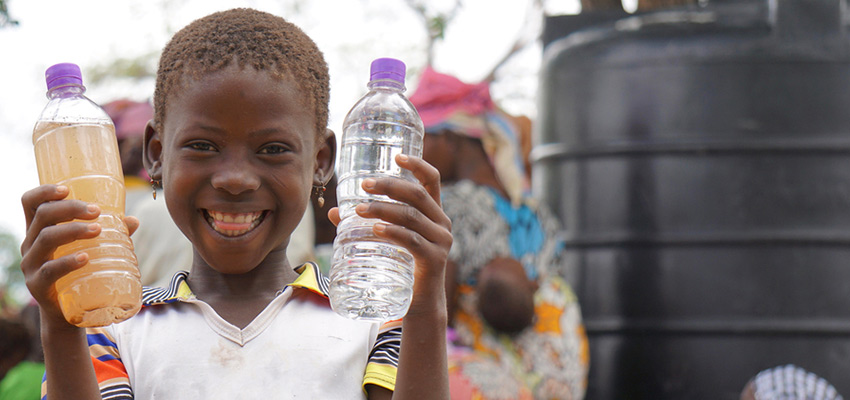
![More than 30 from MIT [including a D-Lab: WASH alumna and D-Lab Scale-Ups Fellow] named to Forbes 30 Under 30 lists](/sites/default/files/2018-12/Forbes%2030%20under%2030_0.jpg)
